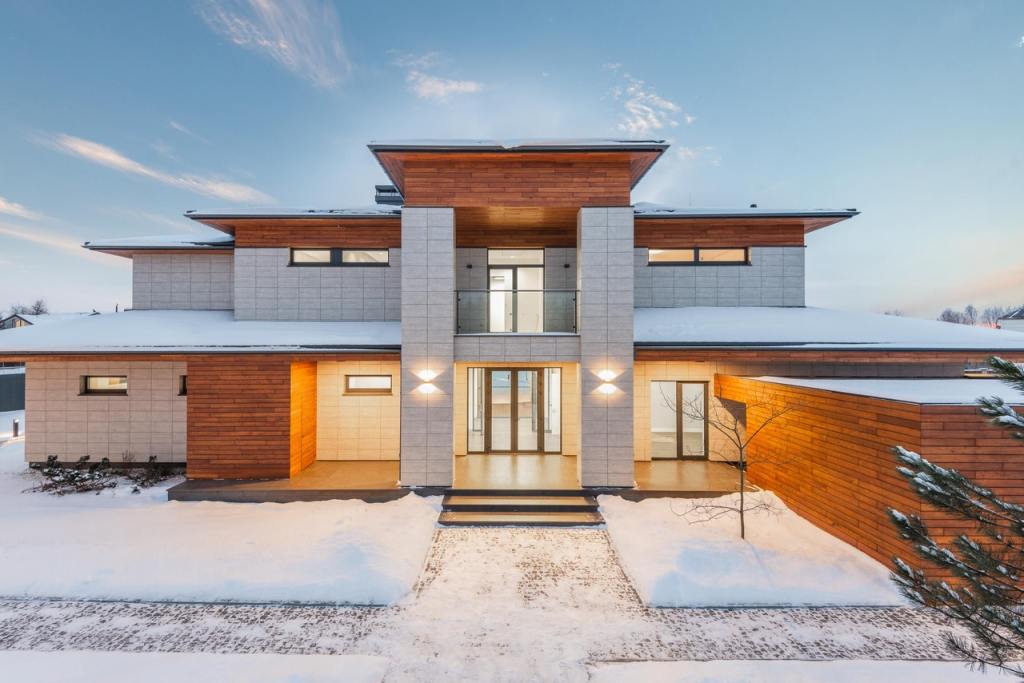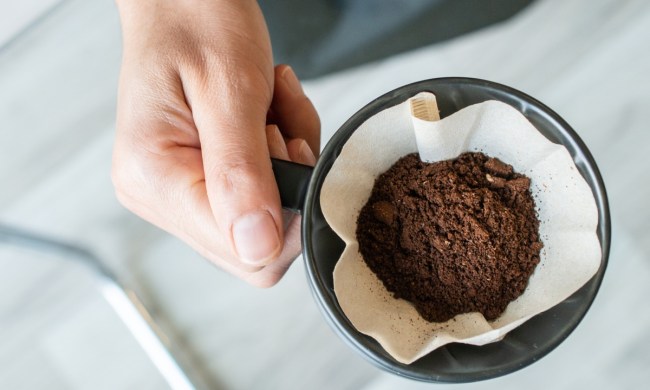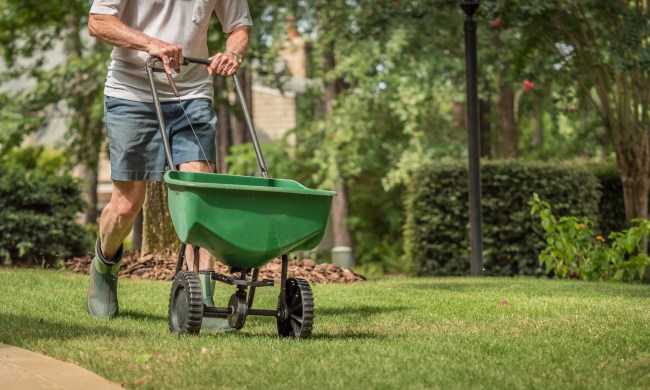When the weather cools down in the fall, you probably start dreaming of pumpkin desserts, warm blankets, and holiday parties. Before you jump into relaxation mode, though, it’s important to prepare your home for the cold months ahead. Being proactive is key when it comes to winterizing your home, so it’s time to create a checklist of all the areas of your home that need seasonal maintenance, both inside and out. Here is our ultimate checklist for winterizing your home, so you can enjoy everything winter has to offer with some peace of mind.

Winterizing the inside of your home
The two most common concerns for homeowners in the winter are high heating bills and the threat of burst pipes. Address these two concerns by taking a proactive approach and preparing the inside of your home for the cold weather ahead.
Switch over from air conditioning to heat
Before you make the switchover, clean your outdoor air conditioning unit by using a hose to remove debris. Let it dry completely before covering it for the winter. If you have air conditioning window units, remove and store them or cover them to block the cold air that tends to seep in.
Inspect your furnace and ensure the air and exhaust vents are clear, then replace the furnace’s air filter. Before the temperatures get too chilly, do a test run on your heating system. This way, you can handle any necessary maintenance so you can have efficient heating all season long.
Winterize your windows and doors
Drafty windows lead to elevated heating bills, so examine your window locks and clean all the tracks to clear out grime and debris that can impact the window’s seal. Perform a draft check on all windows and exterior doors on a cool, windy day, and caulk any gaps or cracks in moldings, both inside and outside your doors and windows. Make sure the door sweeps are in good working condition and replace them if needed.
Check your attic for drafts
During a chilly, windy fall day, search for drafty spots in your attic and install insulation if needed. Since heat rises, it may escape through your poorly insulated attic, driving up your heating.
Prepare exposed pipes and faucets
Water expands when it freezes, so avoid burst pipes and flooding damage by insulating pipes in areas that aren’t temperature-controlled. This includes your attic, crawlspace, garage, and outdoor faucets.

Winterizing the outside of your home
While you’ll be hunkered down indoors for the coming months, preparing the outside of your home for winter is equally important as addressing the inside of your home. Performing some outdoor inspections and tasks could save you lots of cash down the road, preventing the need for costly repairs.
Clean and store outdoor furniture and tools
- Lawnmower. Drain any remaining gasoline, remove any debris and lawn waste from blades and other compartments, then store the machine in a dry place to prevent rust and corrosion.
- Gardening tools. Clean and dry them thoroughly, then store them away.
- Patio furniture. Wash and dry all the pieces before covering them or storing them indoors.
- Grill. Clean off any food particles to avoid attracting pests. Cover or store it indoors for the winter.
Prepare your pool for winter
To prepare the pool, remove all accessories like ladders, chemical meters, and dispensers. Check the water’s chemical levels, clean and storing pool pumps, and dispose of old filters. Depending on your region, preparing the pool for colder months may vary, so follow the manufacturer’s recommendations to determine whether you need to drain it completely or just cover it.
Shut off outdoor water sources
Since water expands when it’s frozen, any remaining water in your sprinkler system or garden hose can cause damage that you’ll have to repair in the spring. Shut off your garden hose and sprinkler system once your yardwork has come to an end, and drain them of water before the freezing temperatures arrive.
Examine your roof
Check for damaged or missing shingles on your roof and have them repaired or replaced, then clean out your gutters and downspouts. Make sure your roof’s flashing is in good condition to reduce the chance of leaks or flooding in your home.
Consider re-staining your deck
Winter months expose your wooden deck to a lot of moisture which expands wood, creates cracks in the deck boards, and can cause mold and wood rot. To best protect your deck from the harsh elements, re-stain the boards every two or three years.
With all the upcoming fall and winter festivities, make sure your home is in tip-top shape, whether you’re hosting the family gatherings or just cuddling up next to the fireplace with a good book. Winterizing your home isn’t a very glamorous project, but it can save you money on future repairs, keep you more comfortable during cold weather, and give you some much-needed peace of mind.



